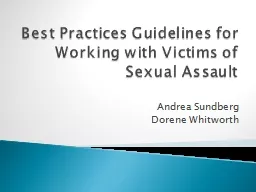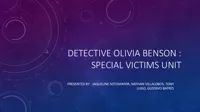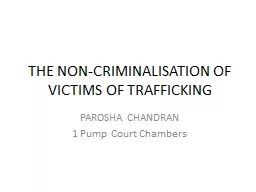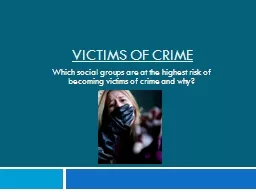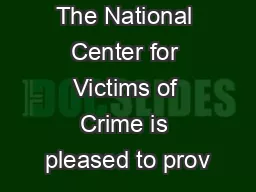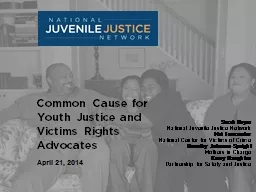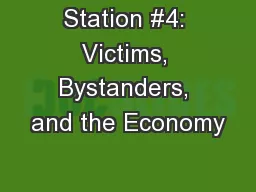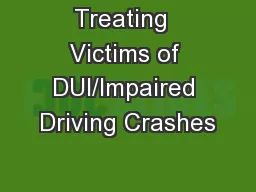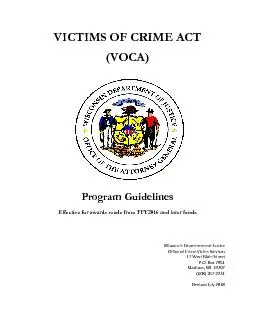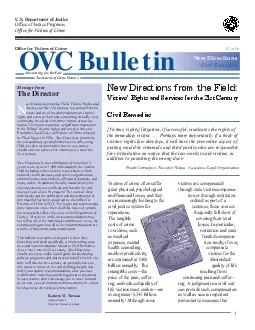PPT-Best Practices Guidelines for Working with Victims of Sexua
Author : yoshiko-marsland | Published Date : 2016-08-08
Andrea Sundberg Dorene Whitworth 2005 Violence Against Women Act State law NRS 449244 NRS 217310 Purpose for Guidelines Do your current practices fit within the
Presentation Embed Code
Download Presentation
Download Presentation The PPT/PDF document "Best Practices Guidelines for Working wi..." is the property of its rightful owner. Permission is granted to download and print the materials on this website for personal, non-commercial use only, and to display it on your personal computer provided you do not modify the materials and that you retain all copyright notices contained in the materials. By downloading content from our website, you accept the terms of this agreement.
Best Practices Guidelines for Working with Victims of Sexua: Transcript
Download Rules Of Document
"Best Practices Guidelines for Working with Victims of Sexua"The content belongs to its owner. You may download and print it for personal use, without modification, and keep all copyright notices. By downloading, you agree to these terms.
Related Documents

